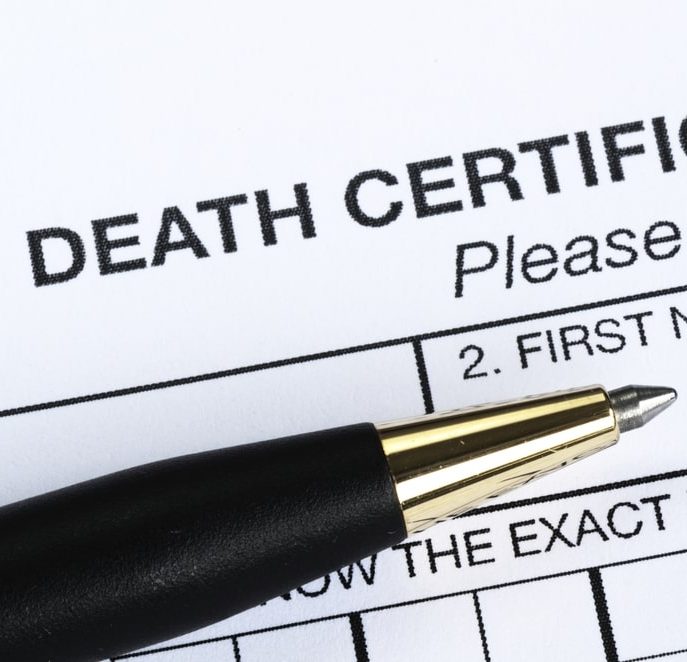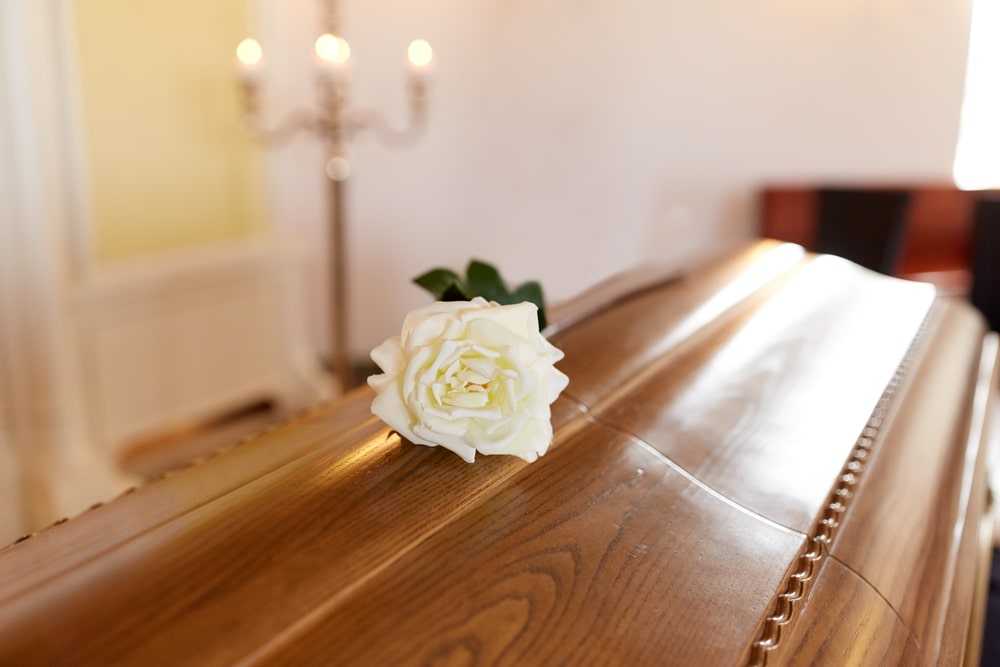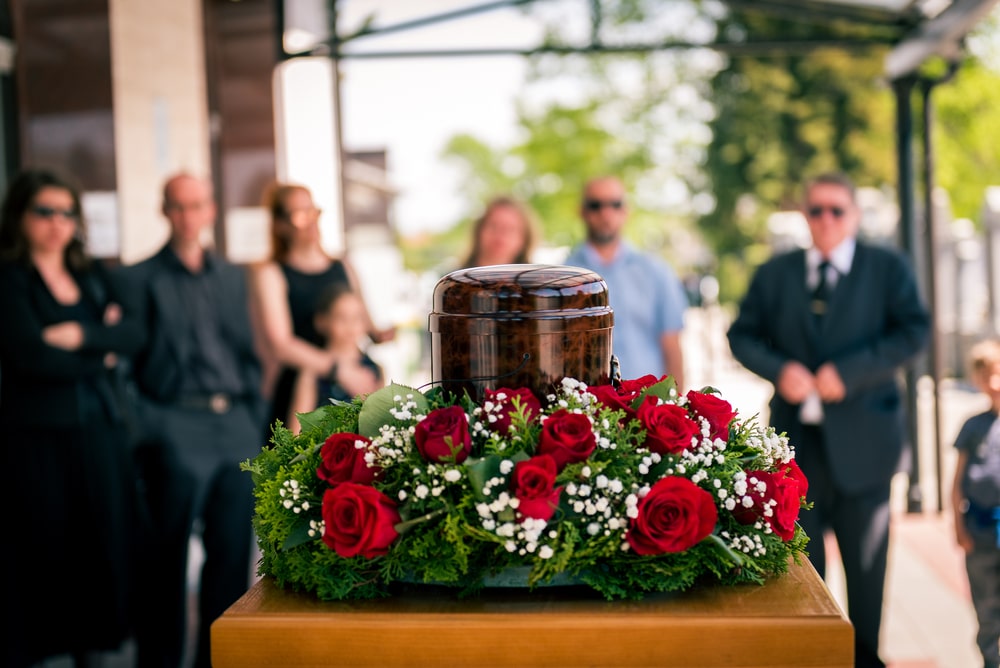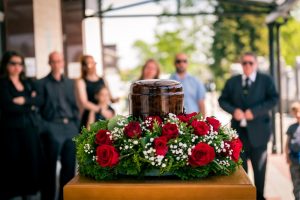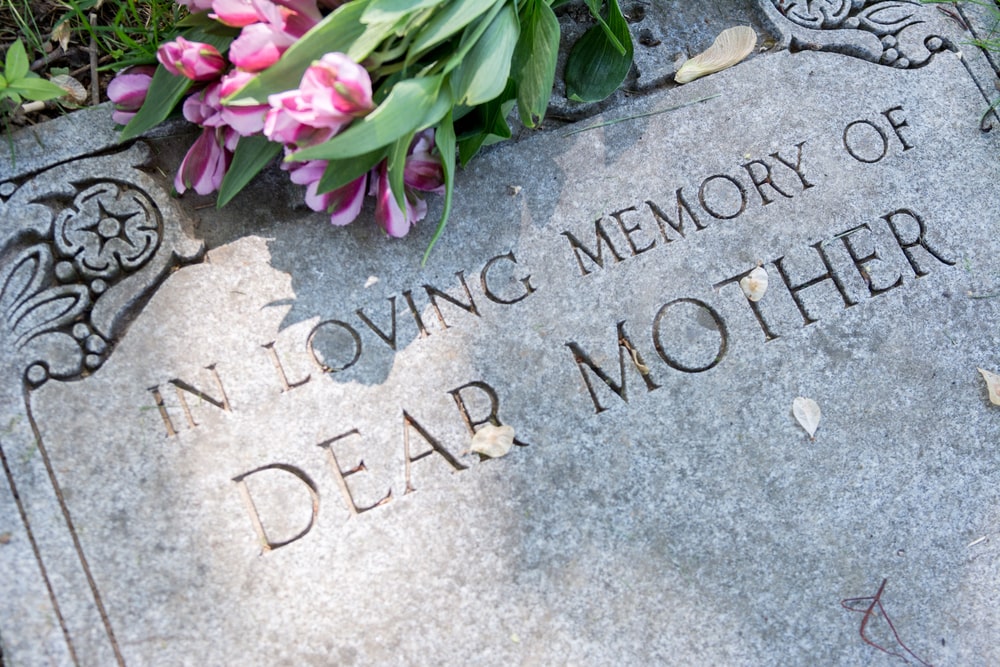
Losing a loved one can be one of the toughest trials you face in life. And maybe the last thing you want in your time of grief is to stand before a large crowd and speak about what you’re feeling. You’re not alone in feeling that way. Your emotions may feel too raw to put into words and public speaking might make you uncomfortable.
It’s enough to make you wonder, “Why have a eulogy?”
But before you ask for someone else to be the eulogizer, you should know why eulogies are important and helpful for those who grieve. A eulogy isn’t just a speech summarizing someone’s life — it’s so much more. And not having a eulogy could slow the grieving process for many.
There are 4 reasons we have eulogies at funerals: eulogies honor the life lived, offer healing with the grieving process, can help you start a healthy grief journey, and give you a chance to say goodbye. Let’s dive deeper into the importance of eulogies and see why they are a necessary part of a meaningful end-of-life ceremony.
1. Eulogies honor the life of the deceased
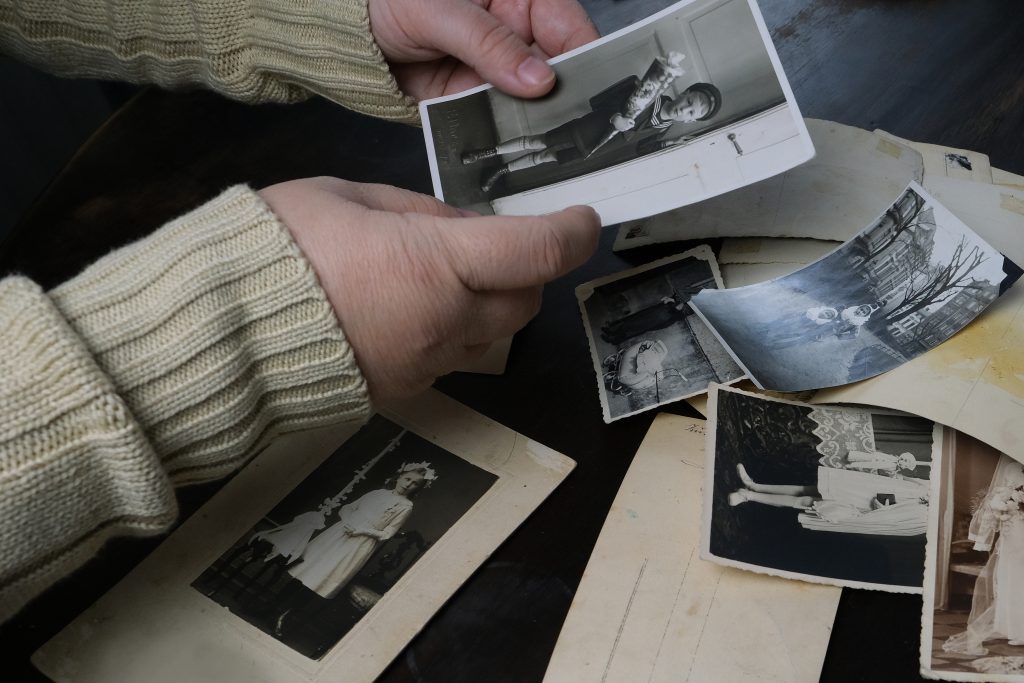
Eulogies are most commonly known for helping honor and celebrate a loved one’s life. A thoughtful, well-crafted eulogy celebrates the life lived and explains why the deceased was loved. A eulogy should equally share the important moments of the deceased’s life and explain how they impacted others.
The eulogy is also an excellent opportunity to share the legacy of the loved one. It’s a time when questions like, “What did they value in life? Which virtues did they show? How did they respond when things got hard?” can be addressed and answered.
2. Eulogies offer healing to the grieving

According to renowned grief expert Dr. Alan Wolfelt, there are six universal needs of mourning. One of those needs is remembering the loved one who died. That’s where a eulogy can help guide those in pain toward healthy grieving.
The eulogy gives those who are still here a chance to think of how they wish to remember the deceased. Eulogies help recall warm memories, happy moments, and special stories that can provide needed comfort. Should you give the eulogy, your kind words can help ease the pain of loss for others.
Giving a eulogy can also be helpful for the eulogizer’s grief journey. As the eulogizer, you can find comfort throughout the entire writing process. Deciding what details to include and what themes to focus on will help you work through your own emotions and keep your loved one’s memory alive in your heart and mind. Peace and healing may come to you along the way.
3. Eulogies can start a healthy grief journey

One of the most important long-term benefits a eulogy can give is getting you started on the right foot of your grief journey. A eulogy or funeral can’t promise closure, but both can help you move closer to your pain, which will help bring you closer to healing. However, your grief journey is not a straight path.
During his time counseling families, Dr. Wolfelt found that there are certain paradoxes associated with mourning. One of those paradoxes is that before you can move on after a loss, you must first move closer to your pain.
“The truth, paradoxically, is that in grief, we have to go backward before we can go forward…Grief is not a train track toward acceptance. It’s more like “getting lost in the woods” and almost always gives rise to a mixture of many thoughts and feelings at once. (Grief) is often one step forward, two steps in a circle, then one step backward. It takes time, patience, and, yes, lots of backward motion before forward motion occurs.”
Click here if you’d like to understand more about Dr. Wolfelt’s teachings on the paradoxes of mourning.
4. Eulogies provide a last chance to say goodbye
Saying one last goodbye to your loved one is another service a eulogy can offer. This action can help symbolize your last act to the deceased as they were before you create a new relationship with them.
Saying goodbye is a common way most eulogies end, because saying goodbye can bring peace to the eulogizer and the audience.
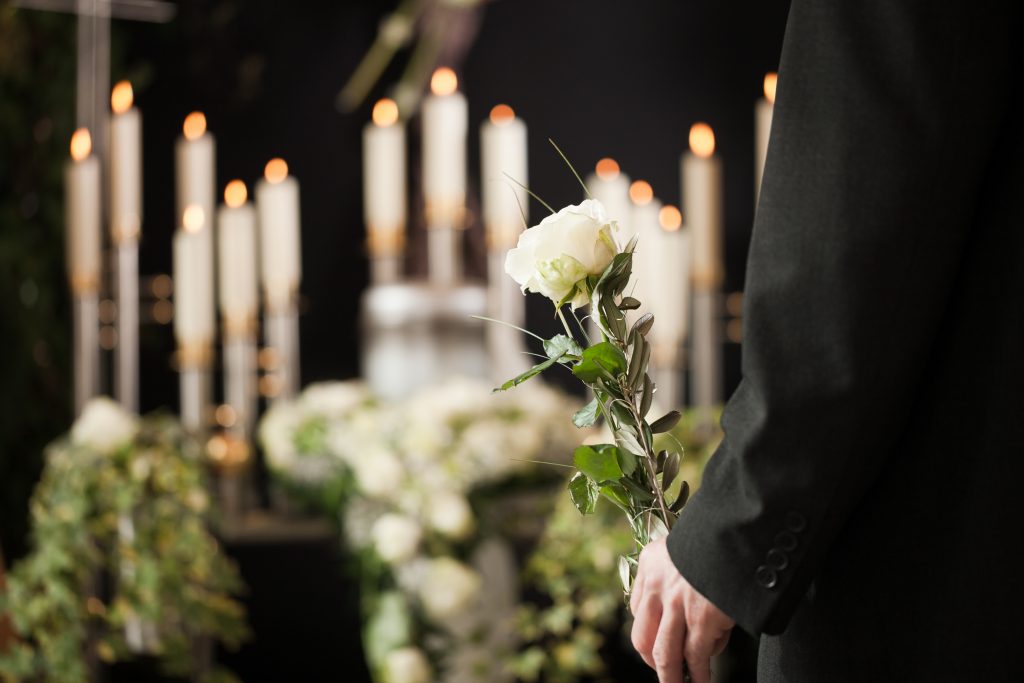
Hopefully, you understand what a good eulogy can do for you and those who remain. It’s a truly special gift to be the eulogizer for someone you loved dearly, and there’s a reason you were chosen. Now that you know why eulogies are important and helpful, you can deliver a eulogy that will honor your loved one and help those who grieve.

